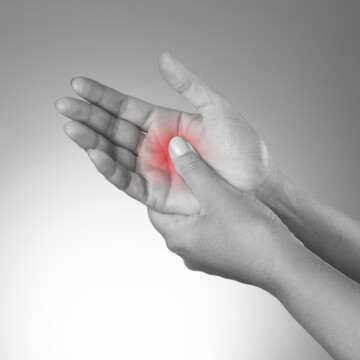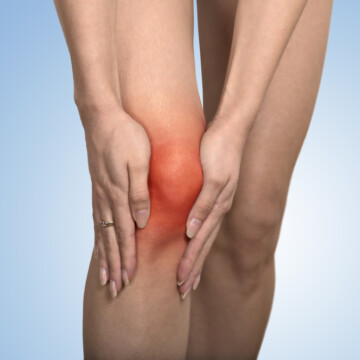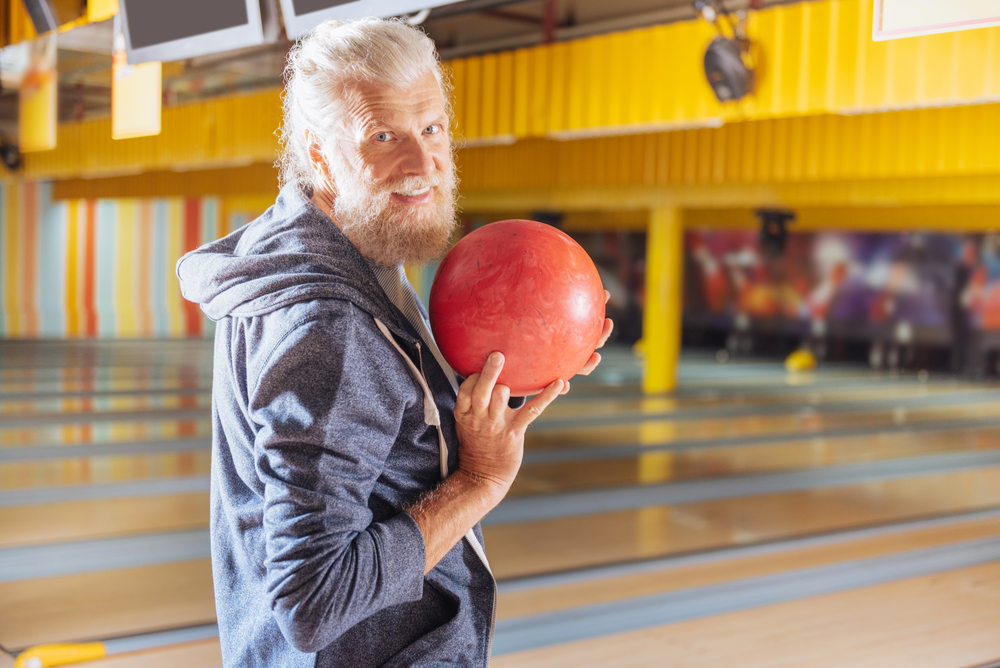
In the sporting world, there are many restrictions when it comes to who can and cannot participate in a given physical activity.
For those with a pacemaker, one question that may come up is whether or not they can bowl. Can you bowl with a pacemaker?
In this blog post, we will discuss the basics of bowling with a pacemaker and what you need to do to stay safe. Read on!
Contents
- 1 Can You Bowl With a Pacemaker?
- 2 What Is a Pacemaker?
- 3 Is Bowling Bad for You if You Have a Pacemaker?
- 4 Can Bowling Make Your Heart Rhythm Worse if You Have a Pacemaker?
- 5 What Are the Symptoms of Complications After Pacemaker Surgery?
- 6 How to Bowl With a Pacemaker
- 7 What Activities Should You Avoid if You Have a Pacemaker?
- 8 What Activities Can You Do if You Have a Pacemaker?
- 9 Pacemaker Surgery Recovery: Learn the Do’s and Don’Ts
- 10 When Can I Resume My Normal Activities After a Pacemaker Surgery?
- 11 Frequently Asked Questions
Can You Bowl With a Pacemaker?
Yes, you can bowl with a pacemaker. In fact, many people with pacemakers lead very active lifestyles and participate in a variety of activities without any problems. However, you may need to make some adjustments depending on the type of pacemaker you have.
Some pacemakers are specifically designed for sports and can be worn while bowling. Of course, it is important to consult with your physician before engaging in any new activity after receiving a pacemaker. This is because there are some precautions that need to be taken when exercising or participating in activities with a pacemaker.
For example, you should avoid contact sports or any activity that could result in a direct blow to the chest. However, bowling is generally considered to be safe for people with pacemakers.
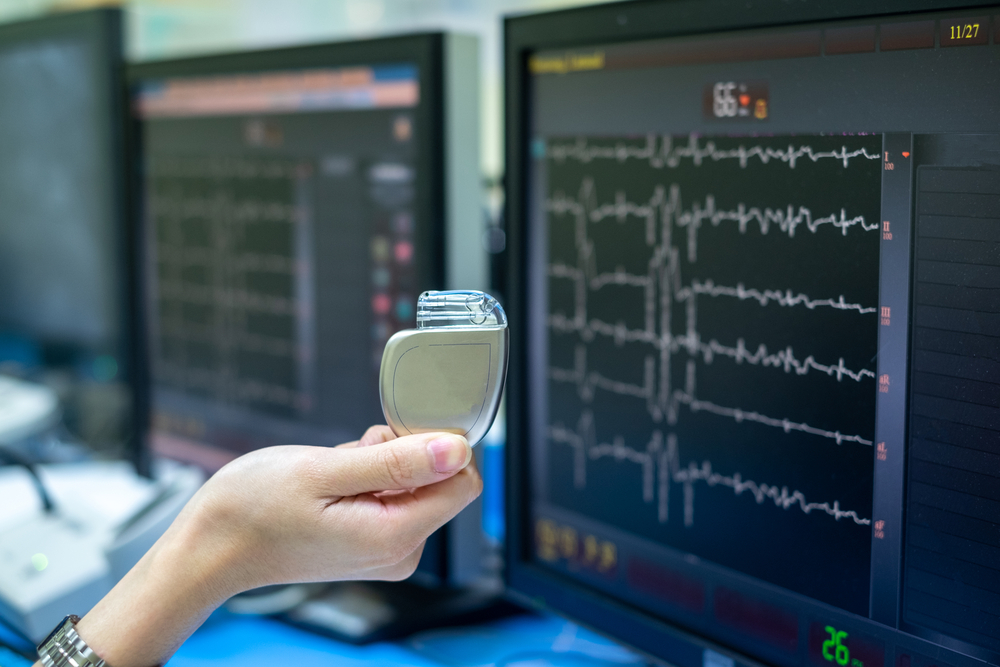
What Is a Pacemaker?
A pacemaker is a small device that is implanted under the skin of the chest. It uses electrical pulses to help the heart beat at a regular rhythm.
They’re usually implanted when the heart's natural rhythm is not working properly. This can happen if the heart is damaged by a heart attack or if there is a problem. The pacemaker can also be used to treat some types of irregular heartbeat.
Pacemakers are made up of a metal casing, a battery, and electronic circuitry. The battery usually lasts for 5 to 15 years, and then it needs to be replaced. The electronic circuitry helps to control the timing and strength of the electrical pulses that are sent to the heart.
Pacemakers are usually implanted through a small incision in the chest. The surgeon will make an incision in the skin just below the collarbone. Then, they will insert the pacemaker under the skin and connect the leads to the heart.
The entire procedure takes about 1 hour, and most people go home within 24 hours.
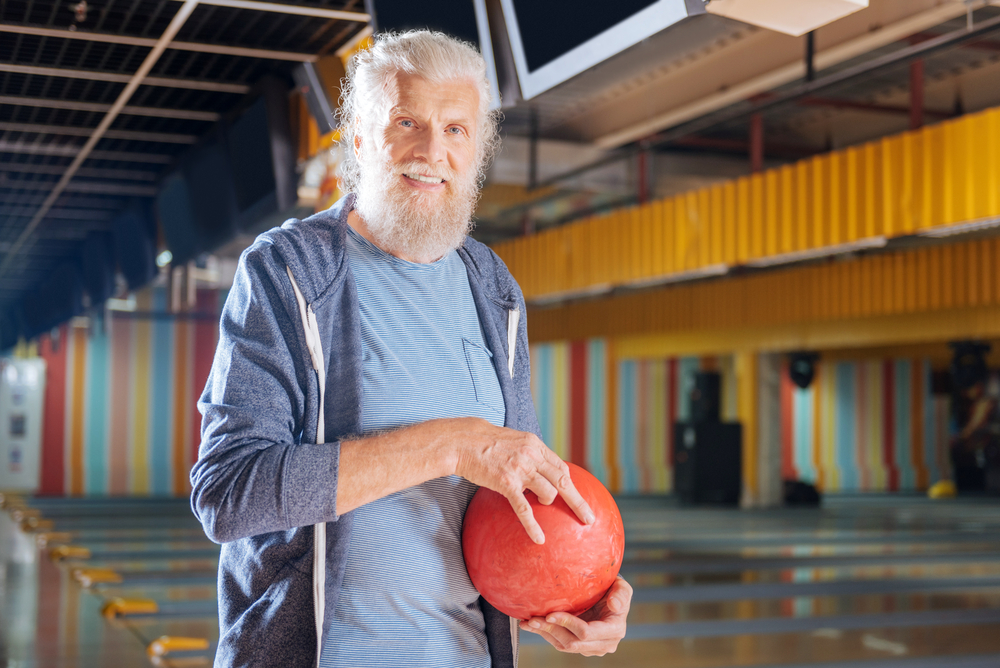
Is Bowling Bad for You if You Have a Pacemaker?
While pacemakers are considered safe and reliable, there are some activities that may be risky for people with pacemakers. However, even if there are some risks associated with bowling and pacemakers, as long as you follow some simple precautions, you should be able to enjoy a game of bowling without any problems.
The main risk when bowling with a pacemaker is the potential for interference from the electronic equipment. The good news is that modern pacemakers are designed to resist this type of interference, but it's always best to check with your doctor before heading to the lanes.
In addition, it's important to avoid sudden motions when bowling, as this can cause the pacemaker to become dislodged. If you take these precautions, you should be able to bowl without any problems.
Can Bowling Make Your Heart Rhythm Worse if You Have a Pacemaker?
For people with pacemakers, bowling may still be the best choice of recreational activity. Bowling is not a high impact activity that can cause temporarily higher heart rates and irregular heart rhythms in people with pacemakers.
In short, moderate-intensity activities such as walking, bowling, and golf are generally safe for people with pacemakers.
What Are the Symptoms of Complications After Pacemaker Surgery?
Pacemaker surgery is a relatively low-risk procedure, but as with any surgery, there are potential complications that can occur after you’re discharged.
The most common complication is an infection at the site of the incision. This can usually be treated with antibiotics, but in rare cases, it may require further surgery.
Other possible complications include bleeding, bruising, redness, and numbness. In most cases, these side effects are temporary and will resolve on their own.
However, if you experience chest pain, shortness of breath, or an irregular heartbeat, you should seek medical attention immediately as these could be signs of a more serious problem.
Overall, pacemaker surgery is a safe and effective way to treat heart arrhythmias, but it is important to be aware of the potential risks involved.
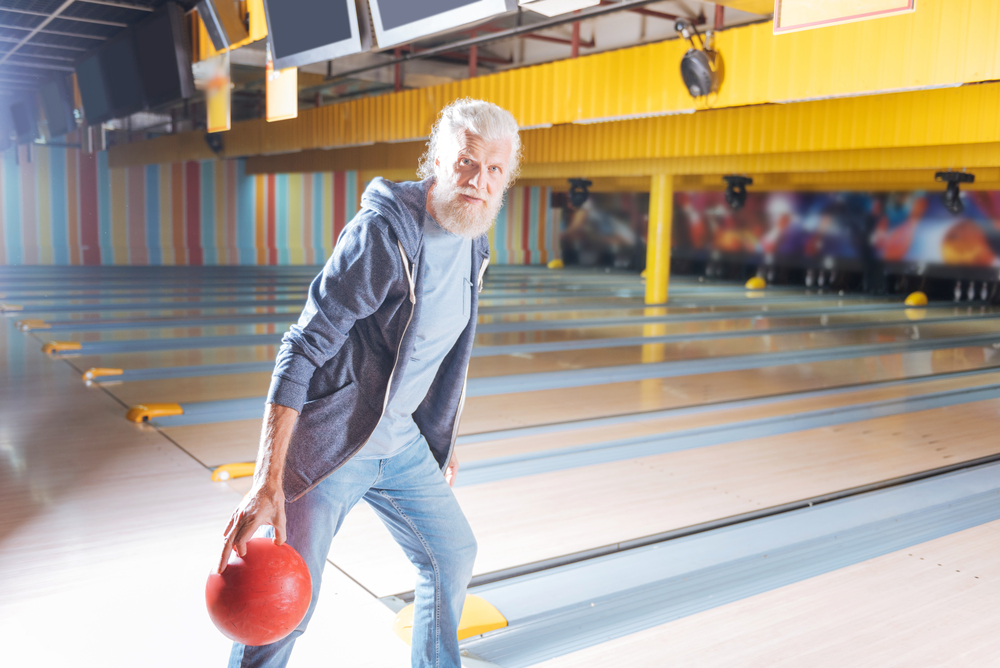
How to Bowl With a Pacemaker
If you have a pacemaker and you're interested in bowling, there's no need to worry. You can absolutely bowl in a bowling alley with a pacemaker.
First, it's important to let the staff at the bowling alley know that you have a pacemaker. This way, they can take precautions to ensure that your device is not affected by the strong Magnetic fields in the bowling alley.
Second, be sure to stay away from the automatic ball return. The magnets in this machine can interfere with your pacemaker, so it's best to avoid it altogether.
Finally, bowl only when you feel comfortable and stop if you start to feel dizzy or lightheaded. By following these simple guidelines, you can safely enjoy a game of bowling with your friends and family.
What Activities Should You Avoid if You Have a Pacemaker?
If you have a pacemaker, there are certain activities you should avoid in order to prevent damage to the device or interference with its operation.
It is important to avoid strenuous activities or contact sports, as a blow to the chest could damage the pacemaker. Also, avoid contact sports, electric shock therapy, and MRI scans.
What Activities Can You Do if You Have a Pacemaker?
If you have a pacemaker, ensure that you exercise or participate in non-strenuous activities on advice from your doctor.
You can go to work, but let your colleagues know of your condition. Walking, bowling, golfing, and working in the yard or house are other activities you can do.
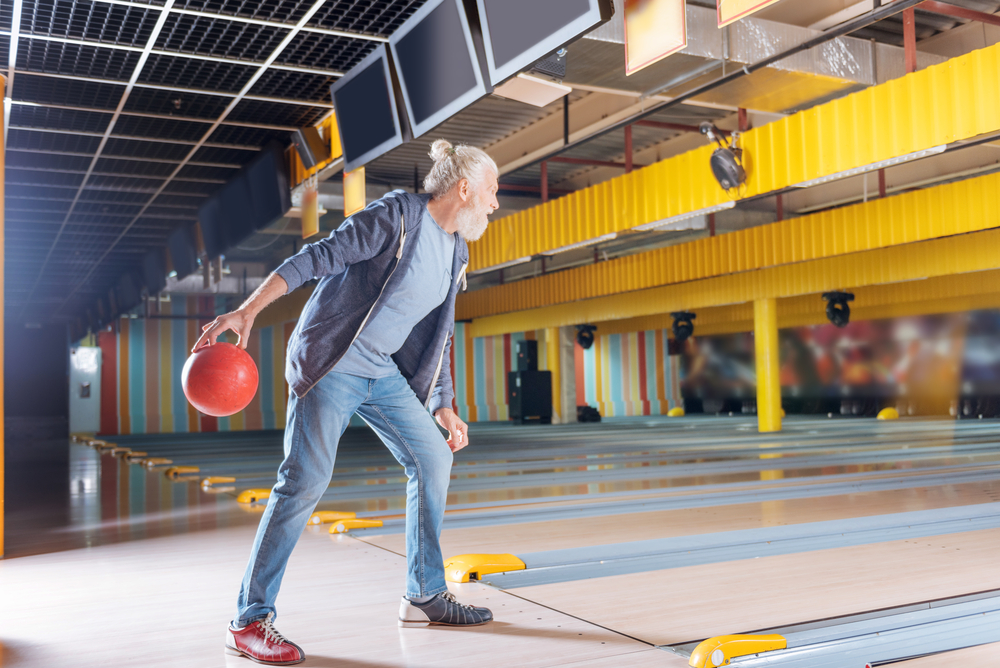
Pacemaker Surgery Recovery: Learn the Do’s and Don’Ts
It is important to take care of yourself during the recovery process in order to avoid complications. Here are some things to keep in mind during your recovery from pacemaker surgery:
Dos
- Do take it easy for the first few days. Avoid strenuous activities and lifting heavy objects.
- Do take your medications as prescribed by your doctor.
- Do drink plenty of fluids and eat healthy foods to help your body heal.
- Do talk with your doctor if you need any adjustments to your medications.
- Do call your doctor if you experience any side effects.
Don’Ts
- Don't smoke, as this can increase the risk of infection and other complications.
- Don't drink alcohol for at least 24 hours after surgery. After that, you should limit yourself to no more than two drinks per day.
- Don't forget to follow up with your doctor for check-ups and potential adjustments to your pacemaker settings.
- Don’t rub around or near the incision.
- Don’t wear tight clothing over the incision site.
By following these simple guidelines, you can help ensure a smooth and successful recovery from pacemaker surgery.
When Can I Resume My Normal Activities After a Pacemaker Surgery?
The surgery is relatively straightforward, and most people can go home the same day. Recovery times vary, but most people can resume their normal activities within a week or two.
However, there are some important things to keep in mind during the recovery period. For example, it is important to avoid strenuous activity and vigorous sports for at least four weeks after the surgery.
This is to allow the incision to heal properly and to reduce the risk of dislodging the pacemaker. In addition, it is important to avoid electromagnetic fields, such as those produced by MRI machines, as they can interfere with the pacemaker's functioning.
By following these simple guidelines, you can ensure a smooth and successful recovery from pacemaker surgery.
Frequently Asked Questions
Can You Bowl With Carpal Tunnel?

Yes you can but there are a few things you can do to make bowling possible with carpal tunnel. First, try using a lighter ball. This will take some of the stress off your wrists. You may also want to try using a bowling glove to help protect your wrists. Finally, be sure to take regular breaks and ice your wrists if they start to feel stiff or sore. With a little bit of adjustments, you should be able to enjoy bowling despite having carpal tunnel syndrome.
Can You Bowl With a Torn ACL?

Yes, you can bowl with a torn ACL. However, you may find that you are not able to bowl as well as you could before the injury. This is because a torn ACL can affect your ability to control your leg and knee when you bowl.
Related Articles
While bowling may not be the first thing that comes to mind when you think of activities to do with a pacemaker, it is possible.
If you have a pacemaker and are interested in bowling, consult your doctor to get clearance and then follow these safety tips from the American Heart Association so that you can enjoy this popular pastime without worry.
Kira Byrd, a Certified Fraud Examiner, holds a B.S. in Accounting from the University of Alabama at Birmingham. With a passion for bowling from her childhood, Kira has poured her expertise and personal experiences into creating and nurturing Bowling For Beginners. Kira's mission is to meet new bowlers where they are and guide them toward consistently achieving higher scores. With a focus on skill development and strategic techniques, she empowers readers to take control of their game and unlock their true potential.
Bowling For Beginners embodies strict editorial integrity, ensuring reliable and unbiased information. Kira's commitment to delivering valuable insights and practical strategies is reflected in every article. Here's an explanation of our editorial policy and how we get money.


